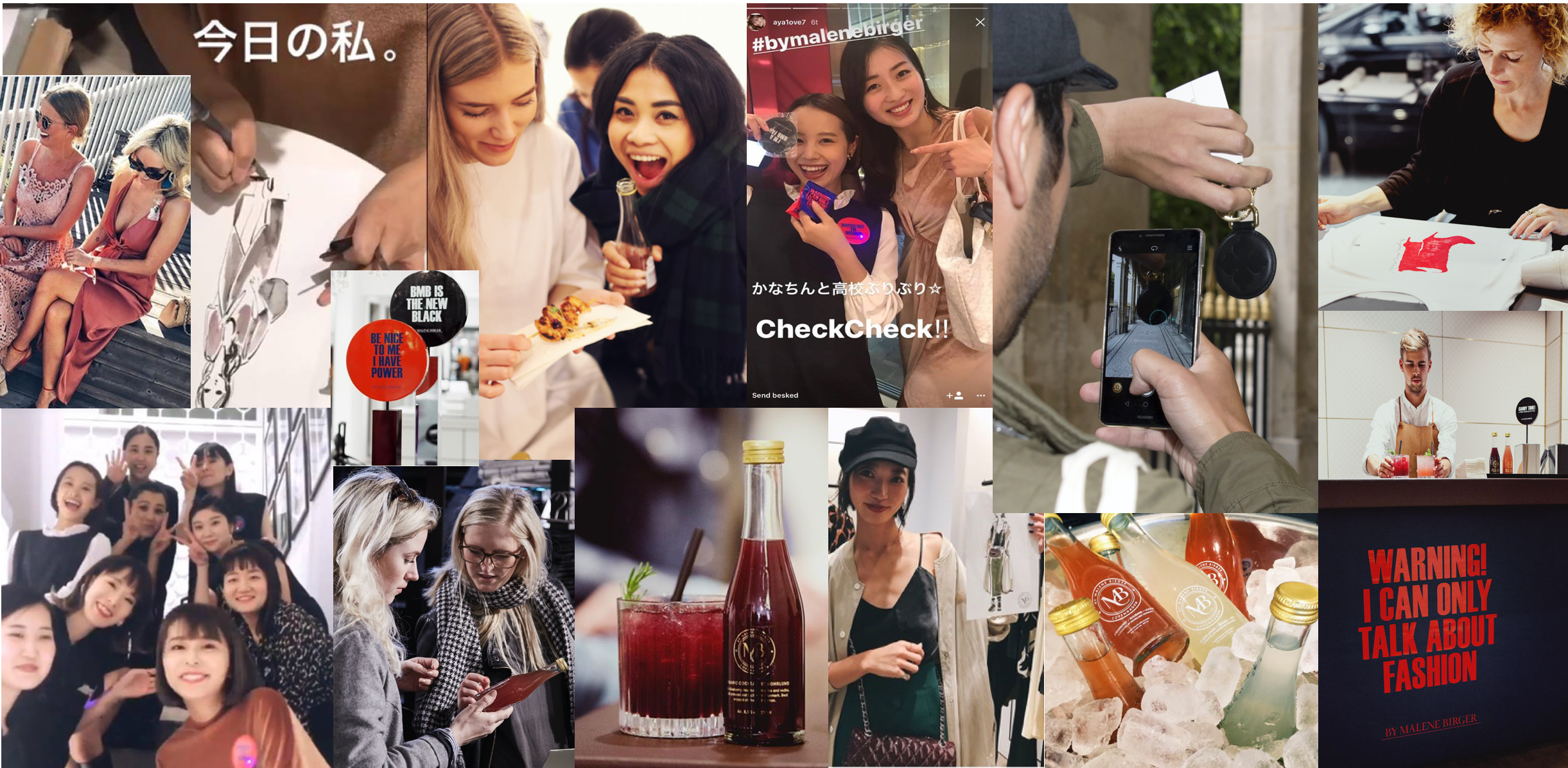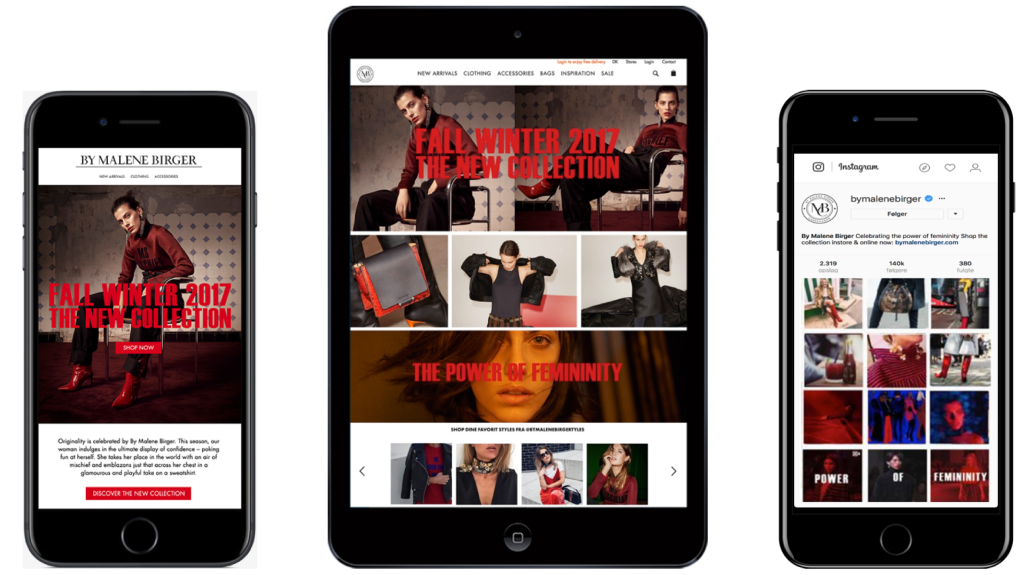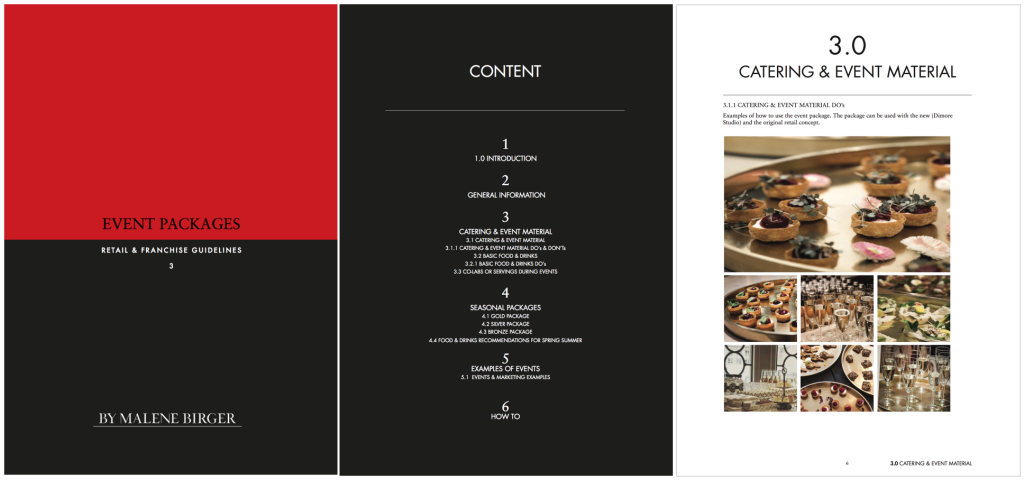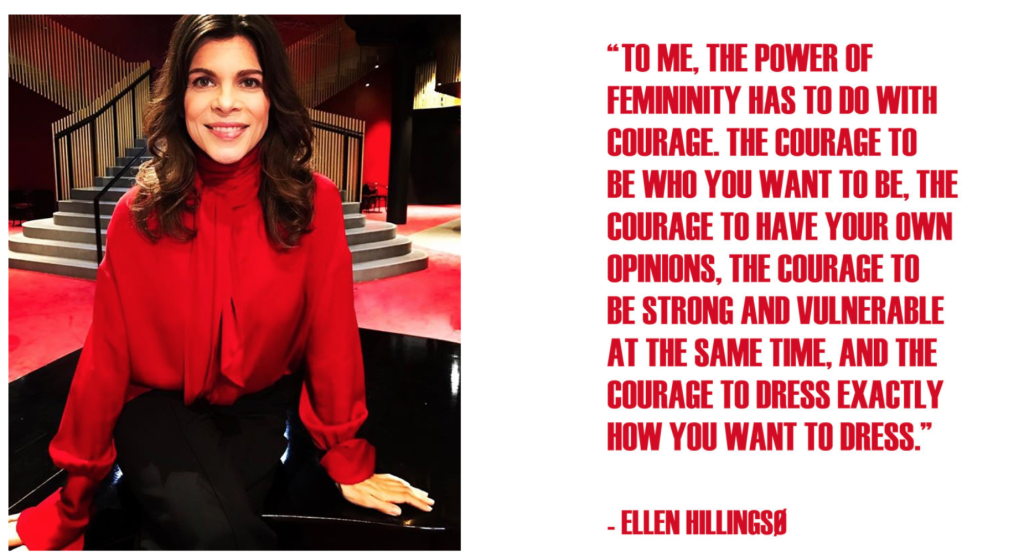Is omnichannel a money maker?
- Post By: rinahansen
- Date:
- Category: Blog, front
- Tags: fashion, marketing, Omnichannel, strategy

Yes, to us it is.
In an article about omnichannel strategy at By Malene Birger for the Danish Fashion and Textile association, I outlined some guiding steps toward an omnichannel transformation, which you can see here: http://www.dmogt.dk/nyheder/2017/09/Vi-faar-en-oeget-omsaetning-med-omnichannel
In the following I have translated this into English
What is an omnichannel strategy?
Our omnichannel strategy is defined as ‘offering consumers a coherent and enticing brand and shopping experience across all channels and markets’. Therefore, we seek to:
1. Align the brand across all channels and touchpoints. This includes visual identity, use of logo and brand marks, service manifest, product and price strategy.
2. Align ecommerce and retail and, ultimately, wholesale channels. The consumers should be recognized, e.g., via a loyalty program, and be offered a coherent and enticing brand experience no matter where they meet the brand.
3. Build an omnichannel consumer community. We have through a year-long analysis seen that customers, who shop across channels purchase 86% more than consumers who shop through one channel only. Therefore, it makes sense for us to treat our omnichannel consumers with a portion of extra love. We treat them through all kinds of special initiatives, like exclusive products, gifts, invitations to events in our house, our shows or in our stores. We also invite them in to give us feedback about our collections, products, prices, campaigns and store designs. Omnichannel consumers are truly valuable to us.
4. Compliment the physical store experience with digital experiences. Over the last years, we have implemented order-in-store, a tool on the store personnel’s iPad which offers consumers access to all styles, sizes and colours (as some stores only stocks 30% of the collection). We utilize social media to offer that paramount local feel and user generated content on screens to create relevance and interaction possibilities, as well as store events with photo-ops that lead directly to social media, creating experiences for local consumers and fans.
5. Above all, we constantly need to reconfigure the organization and the organizational setup in order to be consumer centric. This also means breaking down siloes, erasing channel conflict, brand owner conflicts and territorial conflicts (as the internet breaks down geographical borders).
 How do you implement omnichannel in the daily operations?
How do you implement omnichannel in the daily operations?
The first thing I implemented was a ‘Campaign Calendar’. This works as an alignment tool in the organization, aligning storytelling and activities across channels – from website, newsletters, influencer collaborations and social media to store window, events and screens in stores – for all 52 weeks a year. This way, we launch a campaign or an activity at the same time across all channels. We call it ‘shooting with cannons instead of shotguns’ (a Danish way of saying targeted instead of wildfire). To reach consumers today, it is not enough to shout out the same thing eight times from the rooftop, we need to be extremely targeted, relevant and focused to earn a second of attention.
To achieve this kind of alignment, it meant that we needed to work on changing our entire design development process. And we are still working hard at this. Now, we meet 18 months in advance of collection launch, across design, sales, production, purchasing and marketing, to plan what purpose the collection, distribution and marketing activities need to fulfill. Thereafter, we follow up in the same forum every three months and in an operational forum every week up to a launch. Because, if one key style is delayed it means that the entire Campaign Calendar will have to be changed. Therefore, a close collaboration across the organization is a must.
Furthermore, to offer the consumers a coherent brand experience, we need to secure alignment all the way through distributors, agents and wholesalers, we support and help via ‘Social Media Guidelines’, ‘Event Guidelines’, ‘Visual Merchandising Guidelines’, etc. These are updated every season and are being supported with workshops, an app and via a group on Facebook where we share material, experiences and updates every week. Why is it important to have an omnichannel strategy?
Why is it important to have an omnichannel strategy?
We can see that we build a stronger and more coherent brand. We get more consumer engagement, more impressions and a stronger marketing reach. Furthermore, we get an organization that works collaboratively and last but not least, we get an increased turnover.
 What is your advice to other brands wanting to implement an omnichannel strategy?
What is your advice to other brands wanting to implement an omnichannel strategy?
What we have done so far and will recommend for others are:
1. CEO and Top Management Commitment. We all need to vote for omnichannel, because if just one area in the organization is not committed the entire alignment fails.
2. Re-structure the Corporate Organization to embrace omnichannel. This includes developing a structure and incentives that breaks down channel conflict.
3. Persistent Persuasion. Set milestones in the strategy roadmap and make sure to celebrate successes along the way. Share the challenges and how they are overcome so that the entire organization learns from it.
4. Business and IT Alignment. Ensure a continuous alignment between the business strategy and the IT strategy. If your digital development and competences are not up to date, you can’t execute omnichannel mechanisms.
5. Consistent Global Brand / Managing the Brand Alignment. Centralize the brand management and put the brand top of the agenda. What we learned was that even a small discount deal on a small site, which don’t follow the brand guidelines, can dilute the brand equity.
So yes, we see clear evidence that omnichannel is a money maker. Actually, the question is, does omnichannel equal brand survival? If you are not consumer centric, then what are you?
